Harry Boyer
PIMENT
Black box modelling of HVAC system : improving the performances of neural networks
Dec 21, 2012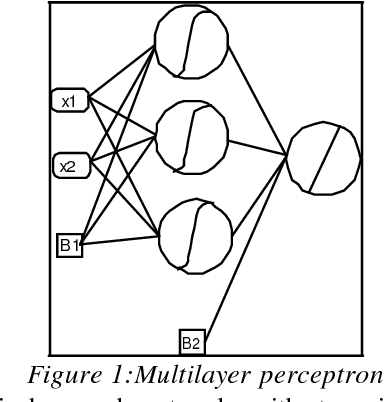
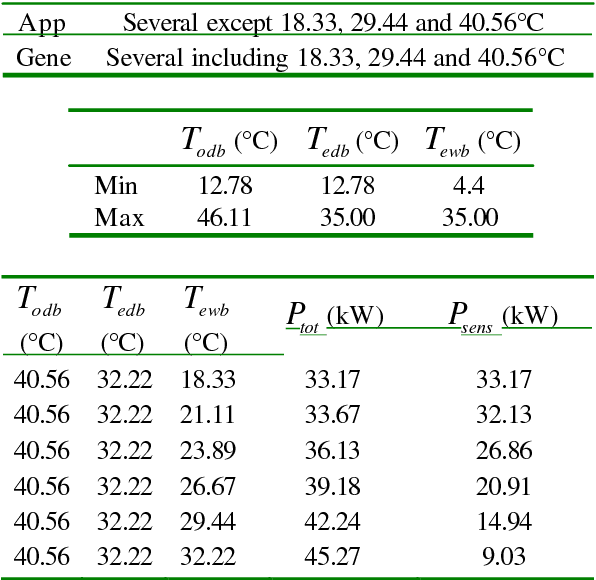
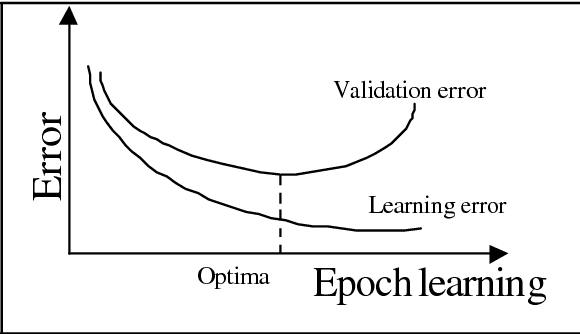

Abstract:This paper deals with neural networks modelling of HVAC systems. In order to increase the neural networks performances, a method based on sensitivity analysis is applied. The same technique is also used to compute the relevance of each input. To avoid the prediction errors in dry coil conditions, a metamodel for each capacity is derived from the neural networks. The regression coefficients of the polynomial forms are identified through the use of spectral analysis. These methods based on sensitivity and spectral analysis lead to an optimized neural network model, as regard to its architecture and predictions.
A genetic algorithm applied to the validation of building thermal models
Dec 18, 2012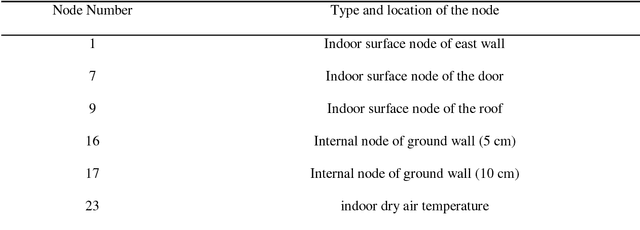
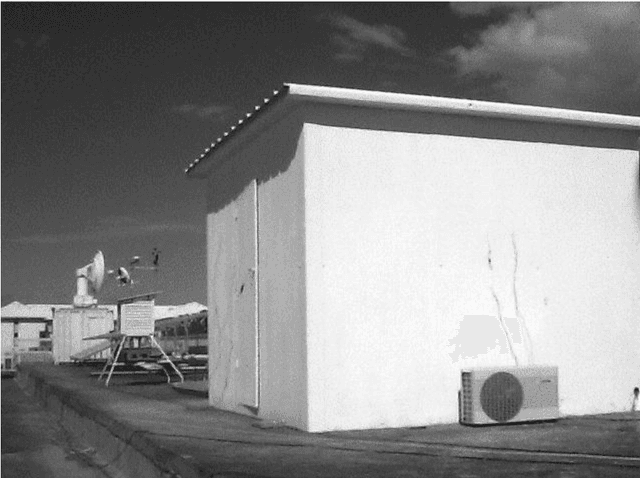

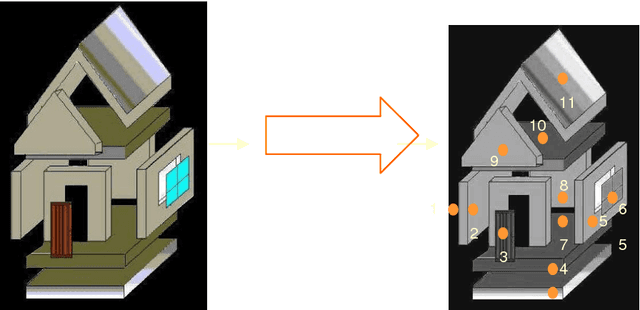
Abstract:This paper presents the coupling of a building thermal simulation code with genetic algorithms (GAs). GAs are randomized search algorithms that are based on the mechanisms of natural selection and genetics. We show that this coupling allows the location of defective sub-models of a building thermal model i.e. parts of model that are responsible for the disagreements between measurements and model predictions. The method first of all is checked and validated on the basis of a numerical model of a building taken as reference. It is then applied to a real building case. The results show that the method could constitute an efficient tool when checking the model validity.
 Add to Chrome
Add to Chrome Add to Firefox
Add to Firefox Add to Edge
Add to Edge